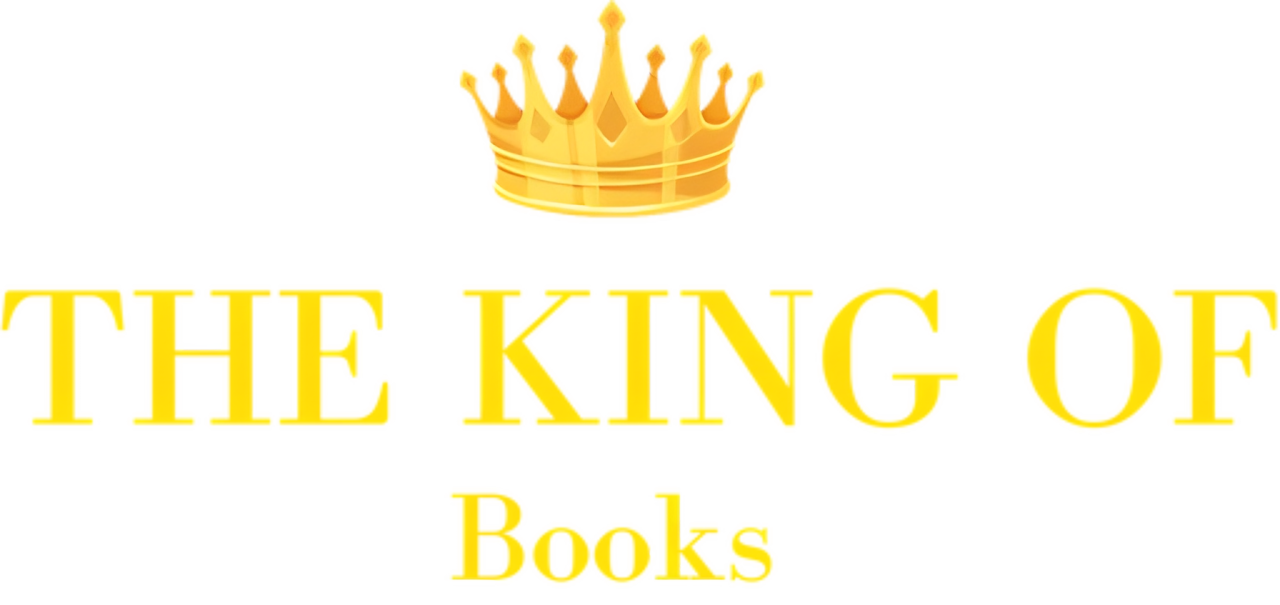
Bruegel to Rubens: Masters of Flemish Paintin
It is said that much of the greatest art is produced during periods of strife. In the mid-16th century, the Netherlands the United Provinces in the north (modern Holland) and the Spanish-ruled south (modern Belgium) was the most sophisticated society in Europe, but its learning and luxury industries were all but annihilated by the so-called Dutch Revolt and by the Eighty Years War that followed (1568-1648). Two-thirds of the works discussed here were painted during this turbulent period, including Pieter Bruegels Massacre of the Innocents of 1567. Other highlights include works by his son Jan Brueghel, while the Twelve Years Truce (1609-21) is celebrated by a group of landscapes (including three by Rubens) depicting the blessings of peace and the fertility of the region.
During the Renaissance the Low Countries attained a flawless technique of painting and the highest standards of craftsmanship. This tradition survived during even the worst years of the war. Everyone is familiar with the Golden Age of Dutch Art; this is an opportunity to explore its no less glorious Flemish counterpart.

Gratis en snelle levering

Verzending op dezelfde dag




